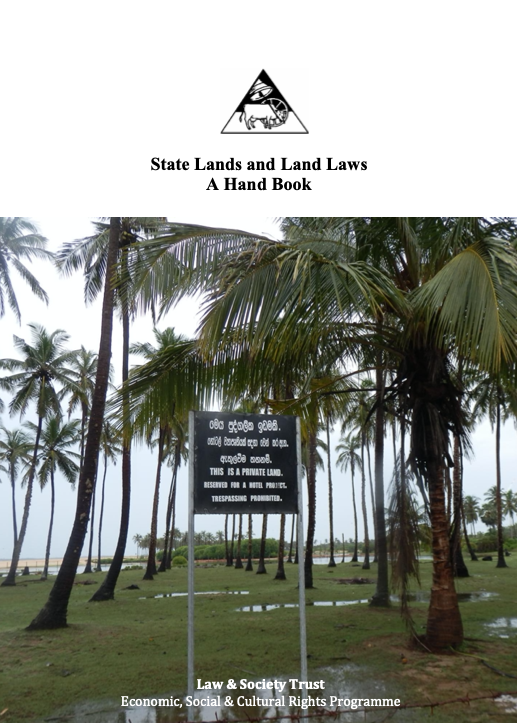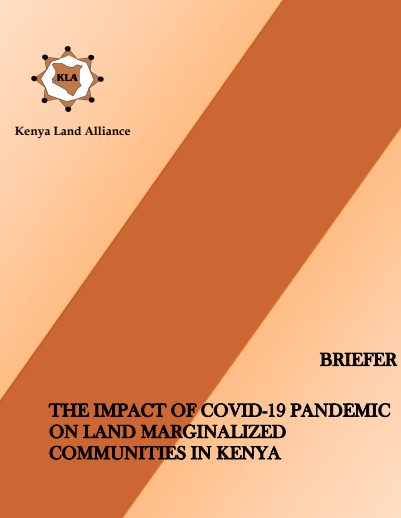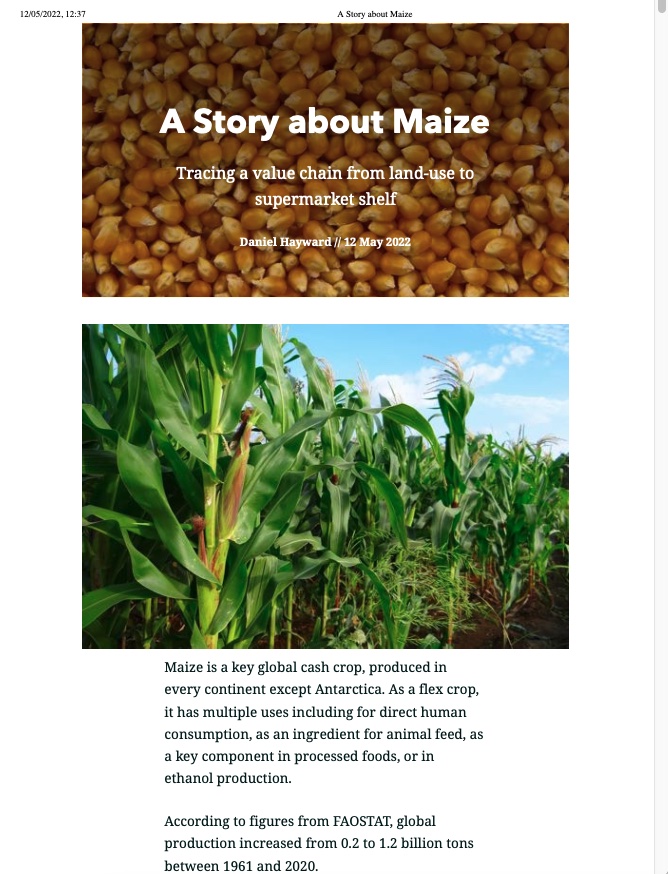Prevention of encroachment on arable land in Africa
This paper focuses on the severity of the African food situation was demanding programmes and plans of action such as the Lagos Plan of Action (1980) and the FAO African Food Plan (1980), the twin problems of post harvest food losses and of arable land lost to urban development in Africa were considered for joint action.









